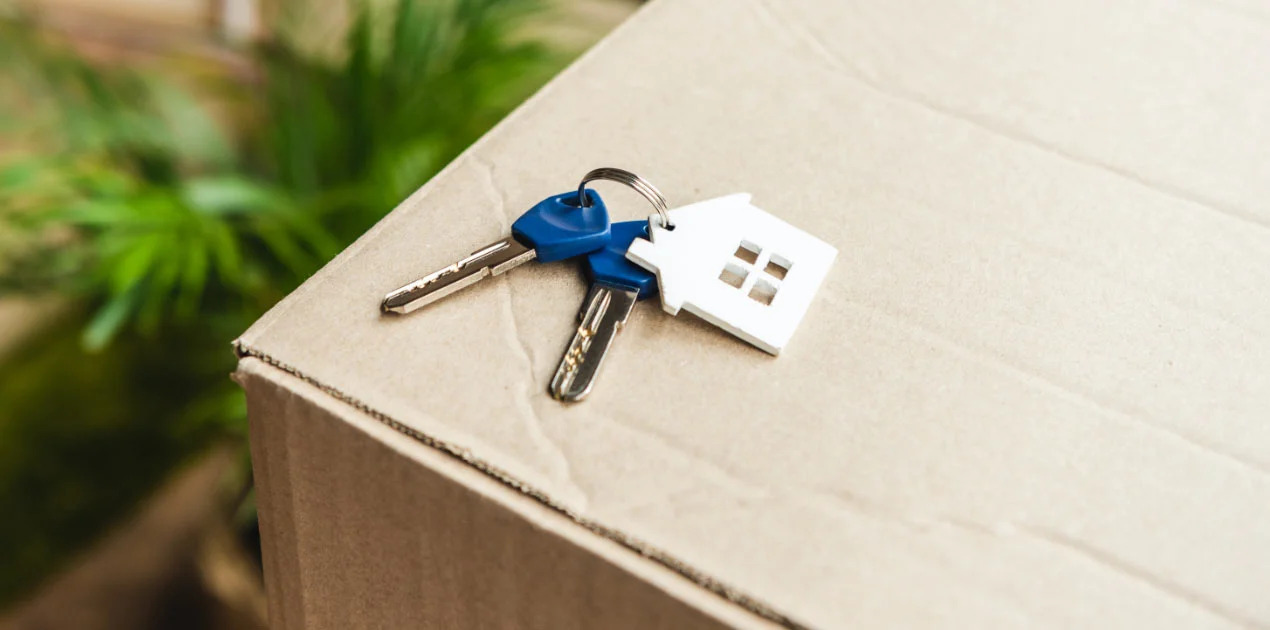Please use the menu below to navigate to any article section:
- What is a mortgage repayment calculator and how does it work?
- What is a repayment amount?
- How do I work out principal repayments on a home loan?
- How do I work out how much interest I’ll pay on a home loan?
- What will my mortgage repayments be? Some examples
- Is it better to pay mortgage repayments weekly, fortnightly or monthly?
How much are mortgage repayments? How do I calculate my mortgage repayments?
Mortgages aren’t a one-size-fits-all type of loan – your monthly repayments will depend on a number of different factors which are unique to you and your loan.
But what we can do is explain how to calculate your monthly repayments using our mortgage repayment calculator.
Whilst it is always best to speak to a professional, like the team at Metropole, using a mortgage repayment calculator is a great starting point for anyone looking to take on a new loan.
What is a mortgage repayment calculator and how does it work?
A mortgage repayment calculator takes into account a variety of factors to determine what your total repayments will be over the total loan term.


Stay in the know. Subscribe to our property commentary newsletter.
The home loan calculator will then help to give an estimate of what your monthly, fortnightly or weekly repayments might look like.
Then, by adjusting some or all of these pieces of information you can then predict the differences any changes might have on the loan itself.
This can help you decide which type of loan is best suited to you and also give insight on what you can expect the total interest and repayment would be on your loan.
Combining this information with details of your income, living expenses and any debt could also help determine how much you can borrow.
What is a repayment amount?
Put simply, repayment is the act of paying back money which has been previously borrowed from a lender.
This typically happens through periodic payments which would include principal and interest.
When you take out a home loan you’ll have to pay back both the amount you borrowed and interest on top of it.
And there are 4 key factors which will determine how much interest you pay and what percentage of your repayment goes on interest:
- The loan amount or principal
- The length/term of the loan
- Repayment frequency
- Interest rate

What are principal repayments?
Your Principal repayment is the repayment of the amount you borrowed minus the cost of borrowing it (the interest).
This is generally the property purchase price minus any deposit saved or charges such as stamp duty.
What are interest repayments?
The interest repayment is the cost of borrowing the loan – this can be paid off in combination with the principal repayment, or on its own under ‘interest-only’ repayment.
What does loan term mean?
A loan term is the length of time it will take for a loan to be completely paid off or eliminated.
Typically, a mortgage in Australia is set up for 30 years.
What does repayment frequency mean?
Repayment frequency is how regularly you have to make loan repayments to your lender.
These can be monthly, fortnightly or weekly and the payment frequency you choose can depend on your budgeting style and how frequently you receive your salary.
However, less frequent repayments lead to more interest because the loan is being paid off slower, whereas, more frequent repayments mean less interest thanks to the effects of compounding.

How do I work out principal repayments on a home loan?
Here is a simple three-step method which you can use to work out an estimated principal repayment amount for your home loan term:
- Step one: Subtract Principal payments you have already made from the total amount borrowed.
- Step two: Divide by the number of payments left on your loan.
- Step three: This gives you the total Principal repayment for remaining payments left on the life of your loan (this does not give you the total amount payable on the loan because it does not take into account interest or any fees associated with the loan).
How do I work out how much interest I’ll pay on a home loan?
Here is a simple formula to work out what interest you will pay on your home loan:
- Step one: Divide your interest rate by the number of payments you’ll make in 12 months.
- Step two: Multiply the answer by the balance of your loan. Remember if you are paying off your Principal and interest then your loan balance will reduce with each payment you make.
- Step three: This gives you the amount of interest you pay per month.

What will my mortgage repayments be? Some examples
As I mentioned above, there is no one-size-fits-all type of loan so your monthly repayments will depend on a number of different factors which are unique to you and your loan.
But here I’ve put together some examples so you can see what a home loan repayment might look like, and also how vastly they can differ depending on the loan details.
Scenario one: Borrowing $400,000 over 30 years with a basic variable 2.10% per annum interest rate and monthly repayments on a principal and interest loan
Regular repayments for this type of loan will be approximately $1,499 per month over the duration of the loan with a total payable interest of $139,482.
Scenario two: Borrowing $400,000 over 30 years with a five-year fixed 2.85% per annum interest rate and weekly repayments on an interest-only loan
Regular repayments for this type of loan will be approximately $219 per week for the first five years at 2.84% per annum
Ongoing regular repayments will be $219 per week for the remaining 25 years of the loan, assumed at a 2.84% per annum interest rate.
Total interest payable over the 30 year term totals $340,801.
Scenario three: Borrowing $1 million over 30 years with a basic variable 2.10% per annum interest rate, fortnightly repayments on a principal and interest loan
Regular repayments for this type of loan will be approximately $1,729 per fortnight over the duration of the loan with $348,249 payable in total interest.
Scenario four: Borrowing $1 million over 30 years with a five-year fixed 2.84% per annum interest rate, monthly repayments on a principal and interest loan
Regular repayments for this type of loan will be approximately $3,747 per month over the duration of the loan, with $348,705 payable in total interest.
As you can see, the repayment amounts vary significantly depending on the amount borrowed, the term, interest, repayment frequency and whether the loan begins as an interest-only loan or whether repayments over the principal loan amount from day one.

Is it better to pay mortgage repayments weekly, fortnightly or monthly?
Generally, your repayment frequency should suit your own financial situation.
For example, if you get paid monthly, it makes sense to make your repayments monthly.
However, it is possible to pay less interest if you pay your mortgage repayments weekly versus monthly.
This is due to the effect of compounding that I already mentioned above.
Because of the way interest is calculated – interest rate, divided by a number of repayments, multiplied by loan balance – by making more frequent repayments you could effectively lower your total payable interest rate because the total volume of your Principal loan would be reducing quicker.
Meanwhile, monthly payments would attract the highest interest because it effectively means the loan is being paid off slower than if it were repaid weekly or fortnightly.
In other words, by reducing your monthly repayment and paying this amount every week, you would end up making 52 rather than 12 repayments per annum.
Meanwhile, for the middle ground of fortnightly repayments, you would end up making 26 rather than 12 repayments per annum, which is the equivalent of one extra monthly repayment every year on a Principal and Interest loan.
Therefore, paying your home loan on a weekly or fortnightly basis means you’d be able to pay down your debt faster and also reduce the interest applied to your loan in the process.














